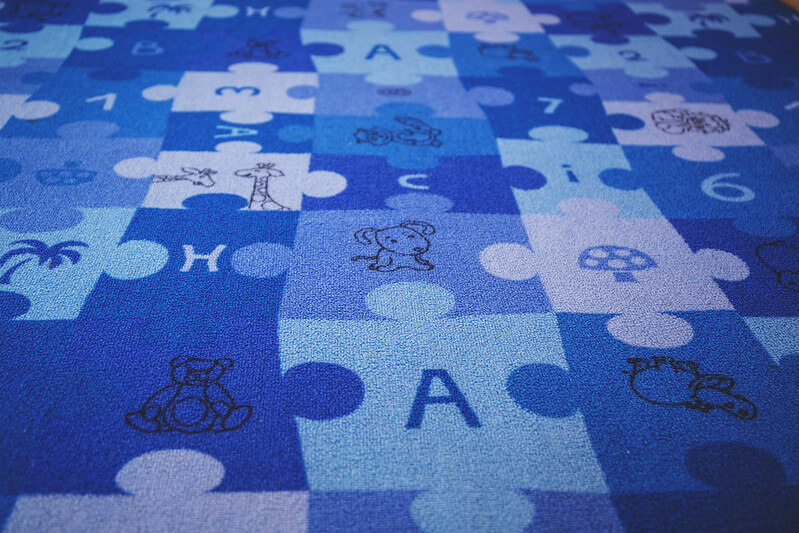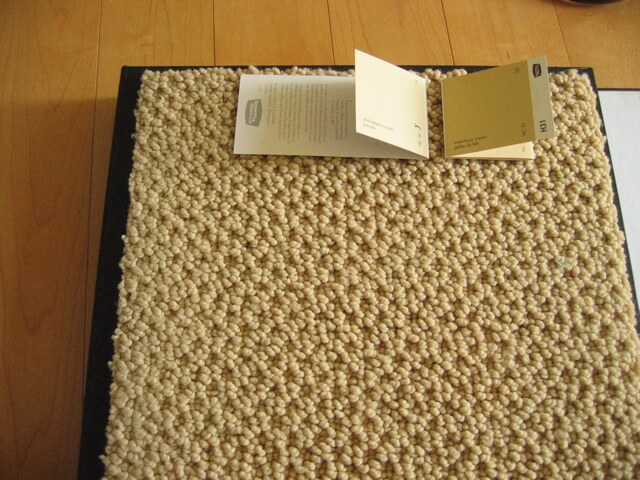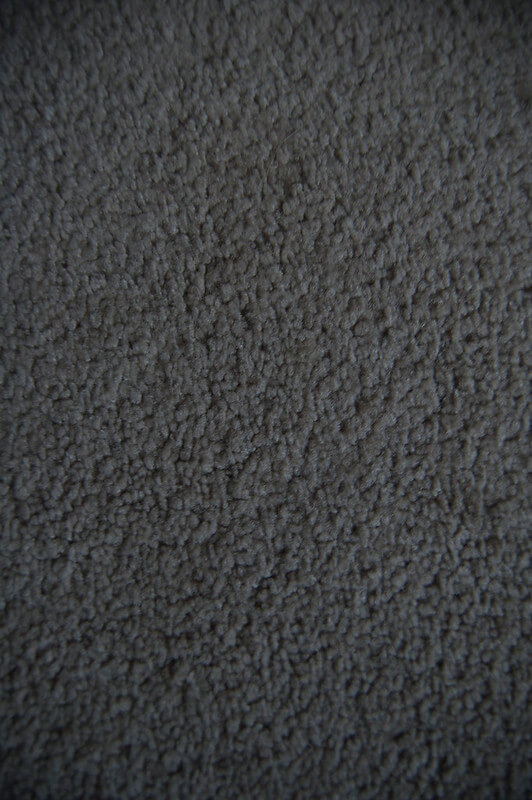Beyond Regular Care: How To Deal With Specific Carpet-related Problems
I’ve cleaned a lot of carpets. From the poshest penthouses to the crustiest student flats, I’ve seen it all. Spilled red wine, dog accidents, melted crayons, even the odd bit of spaghetti Bolognese trodden in like a Jackson Pollock painting. Regular carpet care is brilliant—don’t get me wrong. It keeps things tidy, smells fresh, and fends off everyday muck. But carpets are like toddlers: just when you think you’ve got a handle on things, they surprise you in the worst possible way.
So what happens when your usual cleaning routine just won’t cut it? That’s what this article is all about. Because some carpet problems are so weird, so specific, you can’t just whip out your vacuum and hope for the best. We’re talking bleach spots. Sunlight discolouration. Burn marks from dropped hair straighteners. Flooding from a dodgy washing machine. Or that one mysterious stain that’s been haunting your living room for months.
These aren’t your run-of-the-mill issues. But they are fixable.
The trick is knowing when to stop scrubbing and start thinking. Some things need specialist treatment. Some need fast action. And some just need you to stay calm, breathe, and call in someone who knows what they’re doing.
Let’s break it all down. From the limits of regular carpet care to four of the strangest problems you might face, here’s how to deal with those “what now?” moments your carpet throws at you.
Regular Carpet Care Only Gets You So Far
You vacuum weekly. You spot clean quickly. You’ve got a no-shoes policy. That’s all great. Basic care like this keeps your carpet looking good and lasting longer.
But it’s only the start.
Vacuuming removes surface dirt. Spot cleaning deals with fresh spills. Professional cleaning once or twice a year helps lift embedded dust, bacteria, and grime. But what if your carpet’s been bleached by the sun? What if there’s been water damage from a leaky radiator? These aren’t things a basic clean will fix.
Certain problems go deeper. They affect the fibres, the dye, even the backing underneath. In those cases, regular care can’t help much. And if you try to fix it yourself with the wrong product, you might make things worse.
The key is knowing when your carpet needs more than just a good clean.
Why DIY Doesn’t Always Work
I’m all for a good homemade hack. Vinegar and baking soda have their place. So does elbow grease. But there’s a line—and trust me, it’s one many people cross before they realise what they’ve done.
DIY methods often lack precision. You might use too much liquid. Or the wrong type of detergent. Or scrub too hard and fray the fibres. I’ve been called to plenty of houses where someone’s tried to bleach out a stain and ended up with a bigger one.
Then there’s the time factor. A professional knows exactly what to look for. We spot things under the surface—mould, water trapped in the padding, chemical reactions between products and carpet dye. These aren’t things you can fix with a mop and a prayer.
Professionals also use specialist equipment. Steam cleaners, moisture metres, stain identification tools. You’re not just paying for the job—you’re paying for the know-how. And when you’re dealing with something unusual, that know-how is worth every penny.
Don’t Panic – Carpets Can Recover
There’s that heart-stopping moment when you walk in and see the damage. The sunlight has bleached a patch by the window. Your child dropped a hot iron face-down. Or a heavy rain flooded the conservatory.
I get it. It’s easy to think it’s ruined.
But don’t panic. Most carpet problems—no matter how odd—can be sorted if you act quickly and sensibly.
The trick is to avoid doing something rash. Don’t start cutting out the damaged bit. Don’t pour bleach on a mystery stain. And whatever you do, don’t blast a wet carpet with your hairdryer.
Instead, take a breath. Assess the damage. Then read on to find out exactly what to do next.
Four Strange Carpet Problems – And What Actually Works
This is the part most people don’t talk about. These are the issues that confuse even the cleanest homeowners. But they’re more common than you’d think—and definitely treatable.
1. Sun Discolouration: When the Sun Becomes the Enemy
What it looks like: Faded or patchy spots where sunlight hits most often—usually near windows or under skylights.
What causes it: Prolonged exposure to UV rays breaks down carpet dyes, especially in wool or synthetic blends.
What not to do: Don’t try to “re-dye” the patch yourself. It never matches.
What does work: Professionals use carpet dyeing kits and colour-blending tools to restore the area or, in some cases, replace the affected patch entirely and invisibly. It’s a delicate job, but if done right, you’d never know there’d been damage.
Prevention tip: Use UV-protective window film or rotate furniture and rugs now and then to spread wear evenly.
2. Burn Marks: When Heat Leaves Its Mark
What it looks like: Singed, blackened or melted patches—often circular from dropped curling tongs, straighteners, or cigarettes.
What causes it: Direct heat damages both the carpet fibres and sometimes the backing. Synthetic carpets are especially vulnerable as they melt rather than burn.
What not to do: Don’t trim the area unless you really know what you’re doing. You could make a small mark into a bald patch.
What does work: Professionals can often cut away the burnt section and seamlessly patch in fibres from a hidden part of the carpet (like inside a wardrobe or under a radiator). The result is virtually invisible.
Prevention tip: Always use heat-proof mats near styling tools, candles, or anything hot.
3. Flooding and Water Damage: When the Carpet Goes Swimming
What it looks like: Squishy underfoot. A musty smell. Warped floorboards. Brown water stains appearing days after the incident.
What causes it: Burst pipes, heavy rain, overflowing baths or broken appliances.
What not to do: Don’t leave it to air dry. That just encourages mould and odours.
What does work: A pro will extract the water using industrial vacuums, treat the area with anti-mould solutions, and thoroughly dry both carpet and underlay. If the underlay is saturated, it may need replacing—but you can often save the carpet itself.
Prevention tip: Act fast. The quicker you call someone in, the better your chance of salvaging the carpet.
4. Peculiar Stains: When You Don’t Even Know What It Is
What it looks like: Mystery blotches. Sticky residue. Stains that keep reappearing even after you clean them.
What causes it: Could be anything—sugary drinks, pet accidents, cosmetics, DIY gone wrong, even fake tan.
What not to do: Don’t guess the product. Using the wrong cleaner can set the stain permanently.
What does work: A professional will identify the stain type, test a cleaning solution in a discreet spot, and then treat it methodically. Enzyme cleaners break down organic mess. Solvents tackle grease. Oxidisers work on tough dyes.
Prevention tip: Try to identify the spill when it happens. The more you know, the easier it is to treat properly.
Wrapping It Up – When To Step In, When To Step Back
Your carpet goes through a lot. Shoes, spills, sun, pets, heating, furniture, the lot. Most of the time, you’ve got it under control. But every so often, something odd happens. A weird patch appears. Something melts. Something leaks.
That’s when regular care stops being enough—and it’s time to think smart.
Quick reactions help. So does knowing when to step back and call someone in. You’re not failing at home care. You’re saving your carpet before the damage becomes permanent.
There’s always a solution. It might involve dyeing. It might mean drying and disinfecting. It might mean patching and blending. But the bottom line is this: no matter how specific or bizarre the problem, you’ve got options.
And in my experience, it’s always better to sort it properly than live with a patch of regret right in the middle of your living room.
…




